Your Foot Care Center in York, PA
Foot Care
Welcome to Martin Foot and Ankle, your premier destination for foot care in South Central Pennsylvania. Our practice stands out as the best trained and most experienced in the region, with a team of board-certified podiatrists dedicated to providing top-notch care.
At Martin Foot and Ankle, we take pride in our approach to foot health. Our doctors specialize in various conditions and pathologies, ensuring that you receive expert care tailored to your specific needs. Whether you're dealing with flatfoot reconstruction, neuromas, tendon injuries, bunions, or any other foot ailment, our subspecialized physicians are here to help.
Take the first step towards healthier feet today. Schedule a consultation with our esteemed podiatrists at Martin Foot and Ankle and experience unparalleled expertise and personalized care for all your foot care needs. Your feet deserve the best – trust them to the specialists at Martin Foot and Ankle.
Flatfoot Reconstruction
Flatfoot, or fallen arches, can lead to pain, instability, and difficulty with activities.
At Martin Foot and Ankle, our flatfoot reconstruction involves surgical procedures such as tendon transfers, ligament repairs, and joint fusions to restore proper foot alignment and function. Our board-certified podiatrists specialize in tailoring treatment plans to address the unique needs of each patient, aiming for improved stability and reduced discomfort.
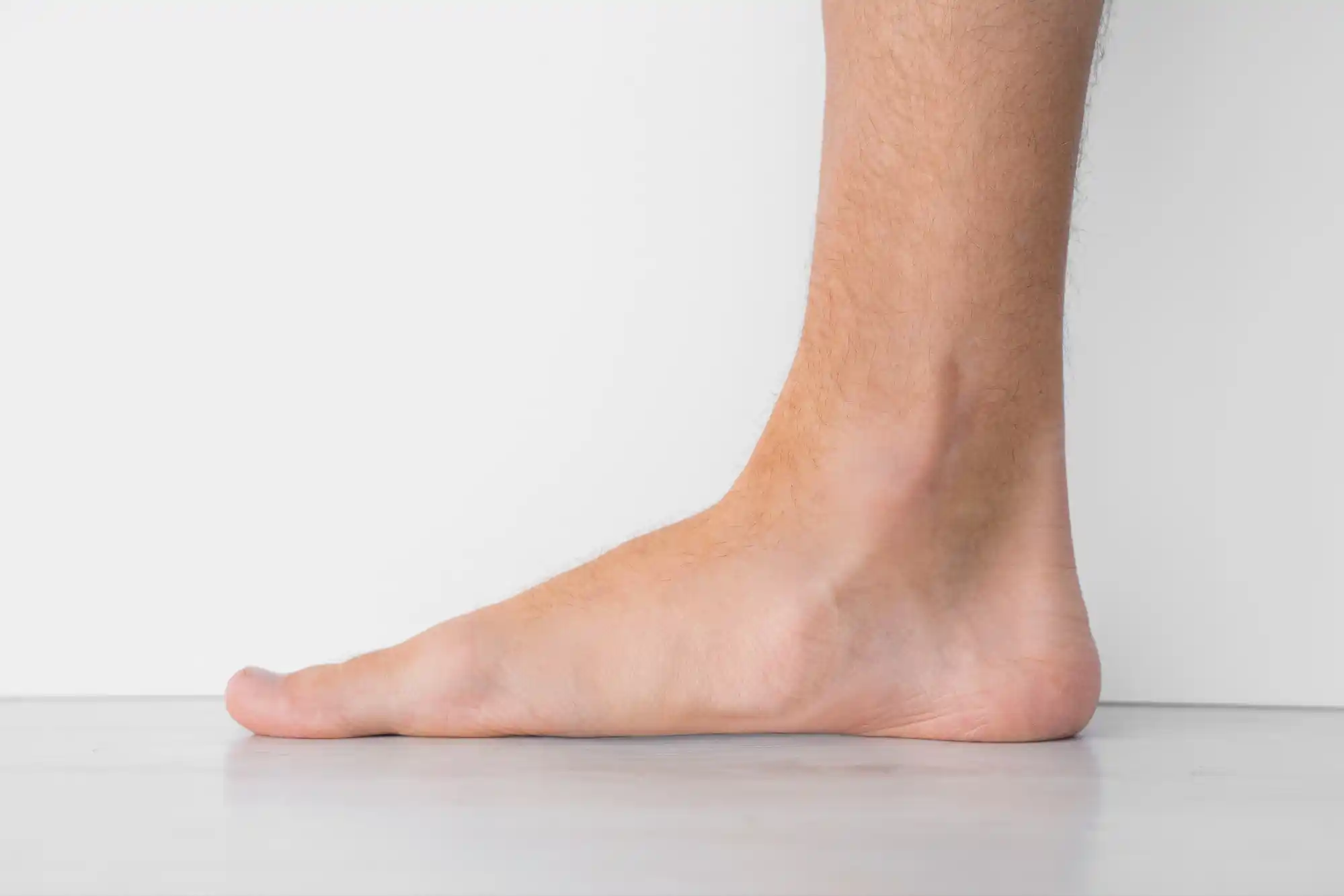
High Arch (Cavus Foot) Reconstruction
Cavus foot, characterized by abnormally high arches, can cause foot pain and instability.
Our specialists offer comprehensive care for cavus foot reconstruction, including soft tissue releases, bone realignment procedures, and custom orthotics. By focusing on improving foot mechanics and reducing pain, we provide personalized treatment plans to enhance comfort and overall foot function.

Hammertoes
Hammertoes are toe deformities where the toes bend downward, leading to discomfort and corn formation.
Treatment options for hammertoes at Martin Foot and Ankle include splinting, orthotic inserts, padding, and minimally invasive procedures to correct toe alignment, relieve pain, and restore toe function. Our experienced podiatrists ensure that patients receive tailored care for effective management of hammertoe conditions.
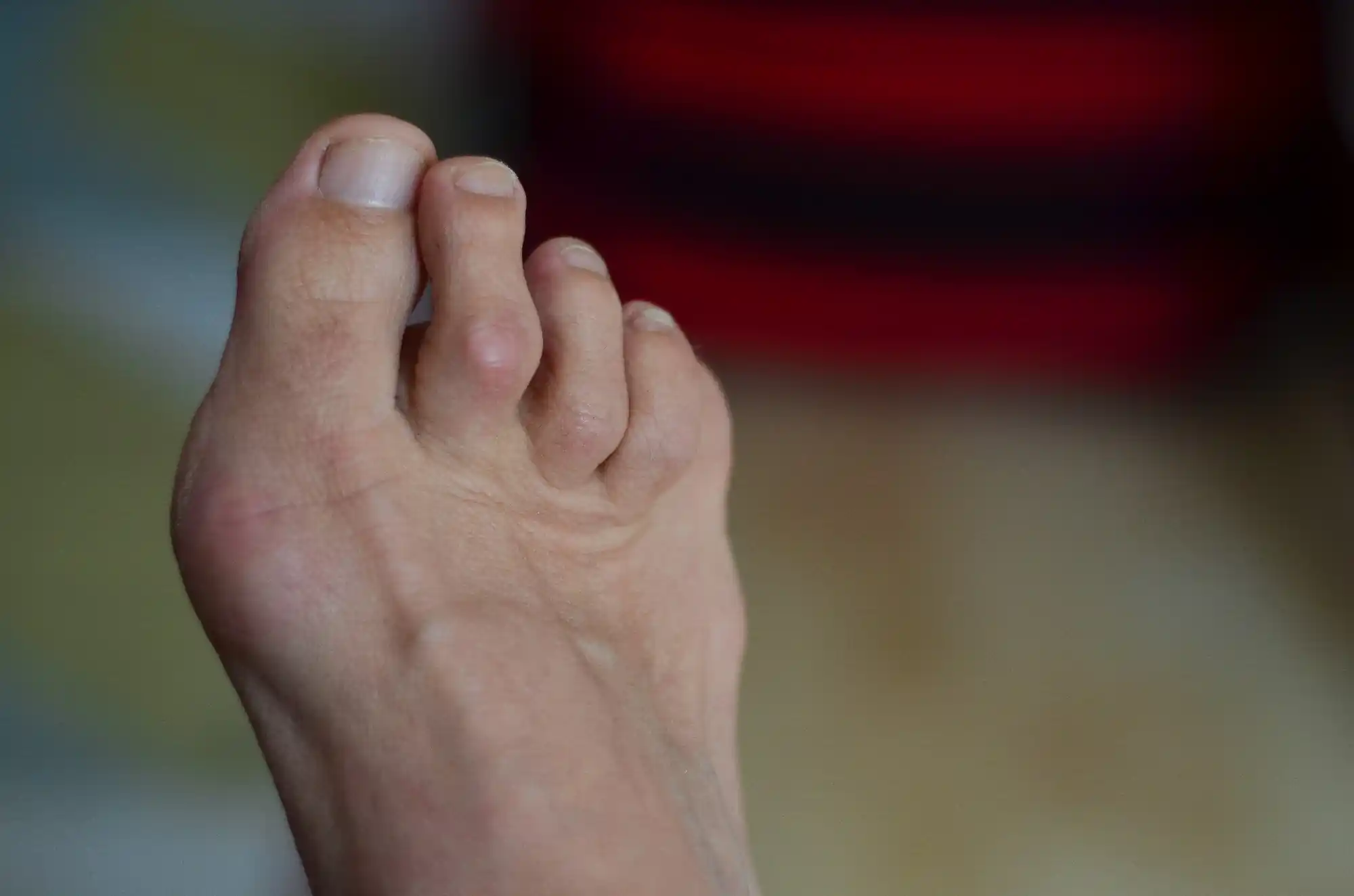
Neuromas
Neuromas are benign nerve tissue growths between the toes, causing sharp pain and numbness.
Our specialists provide conservative treatments like shoe modifications, corticosteroid injections, custom orthotics, and surgical removal if necessary to alleviate pain and restore nerve function. By offering a range of treatment options, we aim to improve comfort and mobility for individuals affected by neuromas.

Tendon Injury
Tendon injuries, from tendonitis to ruptures, can impair foot mobility and cause discomfort.
Treatment for tendon injuries at Martin Foot and Ankle includes rest, physical therapy, bracing, and potential surgical repair. Our team of podiatrists focuses on strengthening the affected tendon to promote healing and prevent future injuries, restoring functionality to the foot.
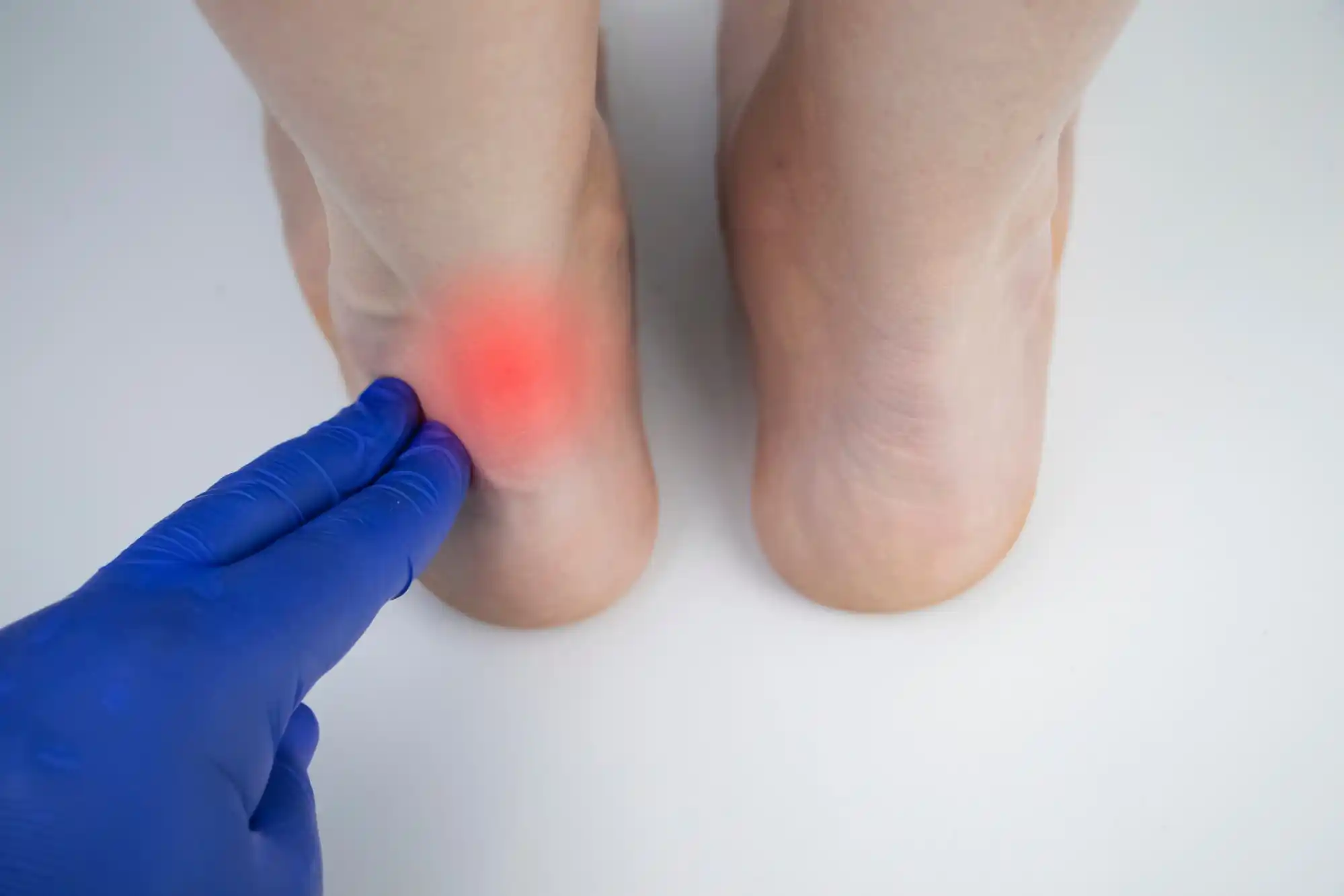
Bunions
Bunions are bony protrusions at the base of the big toe, resulting in pain, swelling, and shoe fit issues.
Whether through non-surgical options like orthotics, padding, and footwear adjustments, or surgical correction to realign the toe joint, our expert team at Martin Foot and Ankle offers comprehensive care for bunions. By addressing the underlying causes and providing personalized treatment, we aim to alleviate pain and improve foot aesthetics and function.

Orthotics
Orthotics are custom-made shoe inserts designed to support and improve foot function.
At Martin Foot and Ankle, our podiatrists specialize in providing custom orthotics tailored to address specific foot conditions and enhance comfort. Whether for arch support, alignment correction, or pressure relief, orthotics play a vital role in managing various foot ailments and promoting overall foot health.
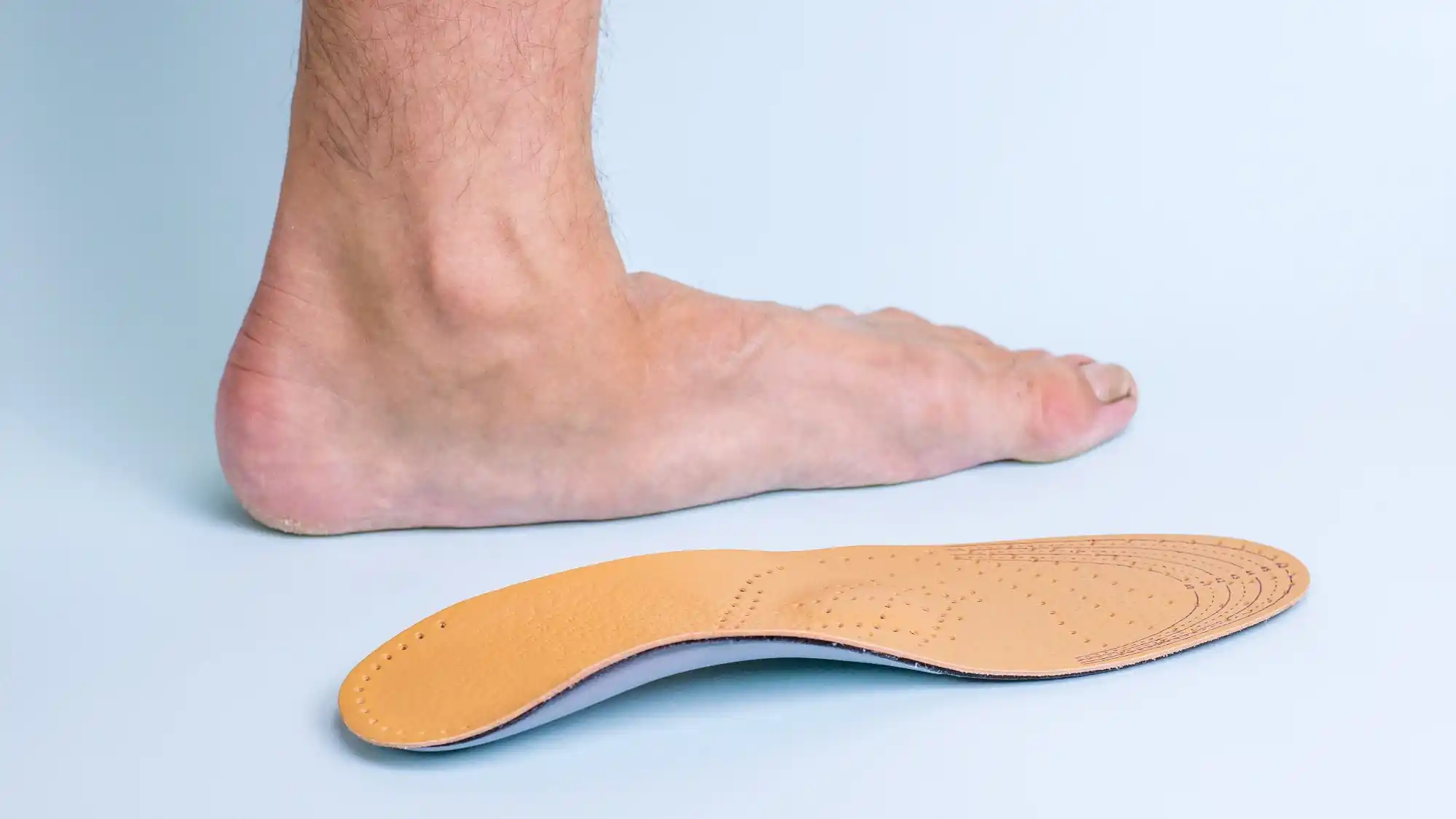
Lisfranc Injuries
Lisfranc injuries involve damage to the midfoot, often resulting from trauma or overuse.
Our team is skilled in diagnosing and treating Lisfranc injuries, offering both non-surgical approaches like immobilization and physical therapy, as well as surgical interventions when needed. By providing individualized care plans, we strive to restore stability and function to the foot following Lisfranc injuries.
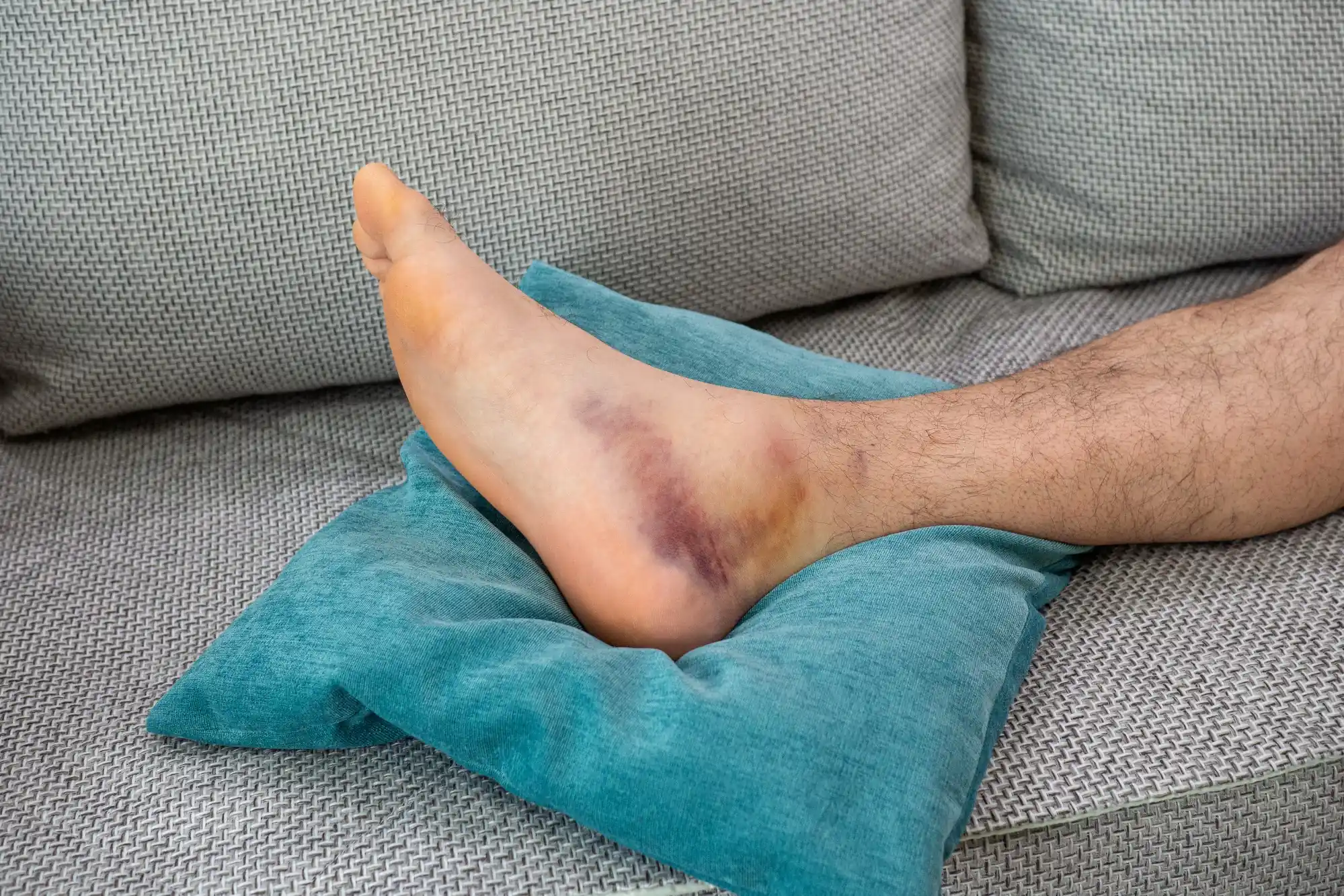
Joint Replacement
Joint replacement surgery is a procedure to replace damaged joints with artificial implants.
At Martin Foot and Ankle, our experienced surgeons perform joint replacement procedures for severe joint conditions affecting the foot. Through meticulous planning and advanced surgical techniques, we aim to alleviate pain, improve mobility, and enhance quality of life for individuals in need of joint replacements.
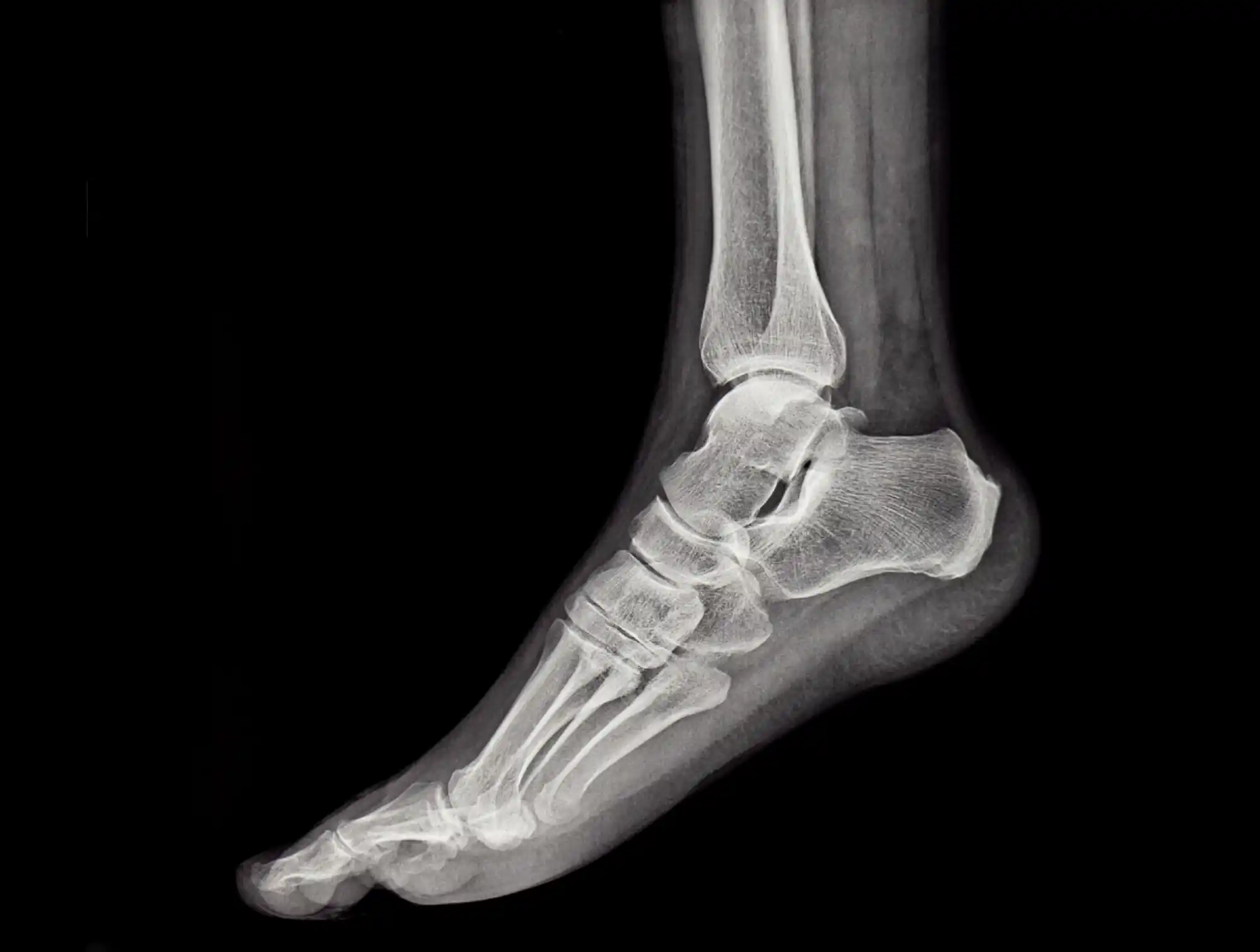
Tarsal Tunnel Syndrome
Tarsal tunnel syndrome is a compression neuropathy of the tibial nerve within the tarsal tunnel, leading to pain and sensory changes in the foot.
At Martin Foot and Ankle, our specialists employ conservative treatments like orthotic devices, physical therapy, and anti-inflammatory medications to relieve symptoms. In cases where conservative measures are ineffective, surgical decompression may be recommended to alleviate pressure on the nerve and restore proper function to the foot.

Peripheral Neuropathy
Peripheral neuropathy involves nerve damage that causes tingling, numbness, or weakness in the feet.
Our team addresses peripheral neuropathy through a multifaceted approach, including pain management, physical therapy, and lifestyle modifications. By focusing on symptom relief and nerve health, we aim to improve quality of life and mitigate the impact of neuropathy on daily activities.

Charcot Foot Deformity
Charcot foot deformity is a serious condition characterized by weakening of the bones in the foot, leading to deformity and potential ulceration.
Treatment at Martin Foot and Ankle focuses on offloading pressure, immobilization, and close monitoring to prevent further complications. Our specialists work to stabilize the foot, promote healing, and reduce the risk of ulceration or amputation associated with Charcot foot deformity.

Charcot fracture dislocation foot/ankle
Charcot fracture or dislocation of the foot or ankle is a severe complication of Charcot neuroarthropathy, involving fractures and dislocations due to bone weakening.
Our experienced team manages Charcot fracture dislocations with a multidisciplinary approach, combining surgical intervention, offloading strategies, and postoperative care to optimize outcomes. By addressing the complex nature of these injuries, we aim to restore function and stability to the foot and ankle.
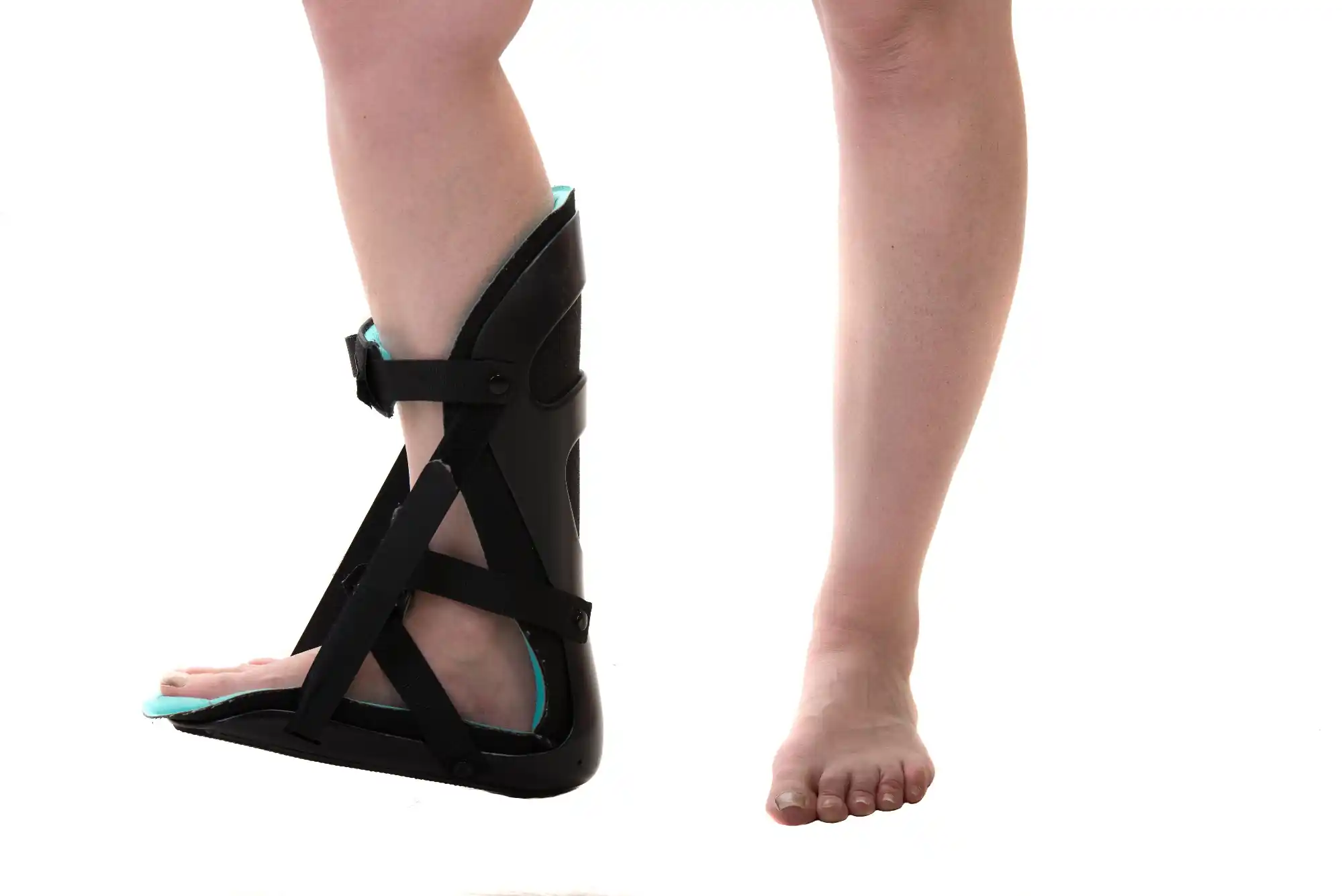
Osteomyelitis
Osteomyelitis is an infection of the bone, often caused by bacteria, leading to inflammation and bone damage.
At Martin Foot and Ankle, treatment for osteomyelitis involves a combination of antibiotics, surgical debridement, and wound care as needed. Our team works diligently to eradicate the infection, promote bone healing, and prevent recurrent infections in affected areas.

Clubfoot
Clubfoot is a congenital deformity where the foot is twisted out of shape, requiring early intervention for correction.
Our pediatric specialists at Martin Foot and Ankle offer comprehensive treatment for clubfoot, utilizing casting, bracing, and in some cases, surgical correction to realign the foot structure. By addressing clubfoot early, we aim to promote proper development and functionality of the foot in children.

Drop foot
Drop foot is a muscle weakness or nerve injury that impairs the ability to lift the front part of the foot, leading to difficulty walking.
Our team provides tailored treatments for drop foot, including physical therapy, braces, and in some cases, surgical interventions to address underlying causes and improve foot mobility and function. By customizing treatment plans, we strive to enhance gait and restore normal foot movement.

Osteoarthritis
Osteoarthritis is a degenerative joint disease that affects the cartilage and underlying bone, leading to pain and stiffness.
Treatment at Martin Foot and Ankle includes a combination of conservative measures such as medication, physical therapy, and joint injections, as well as surgical options like joint preservation procedures or joint replacement when necessary. Our goal is to manage pain, improve joint function, and enhance quality of life for individuals with osteoarthritis.
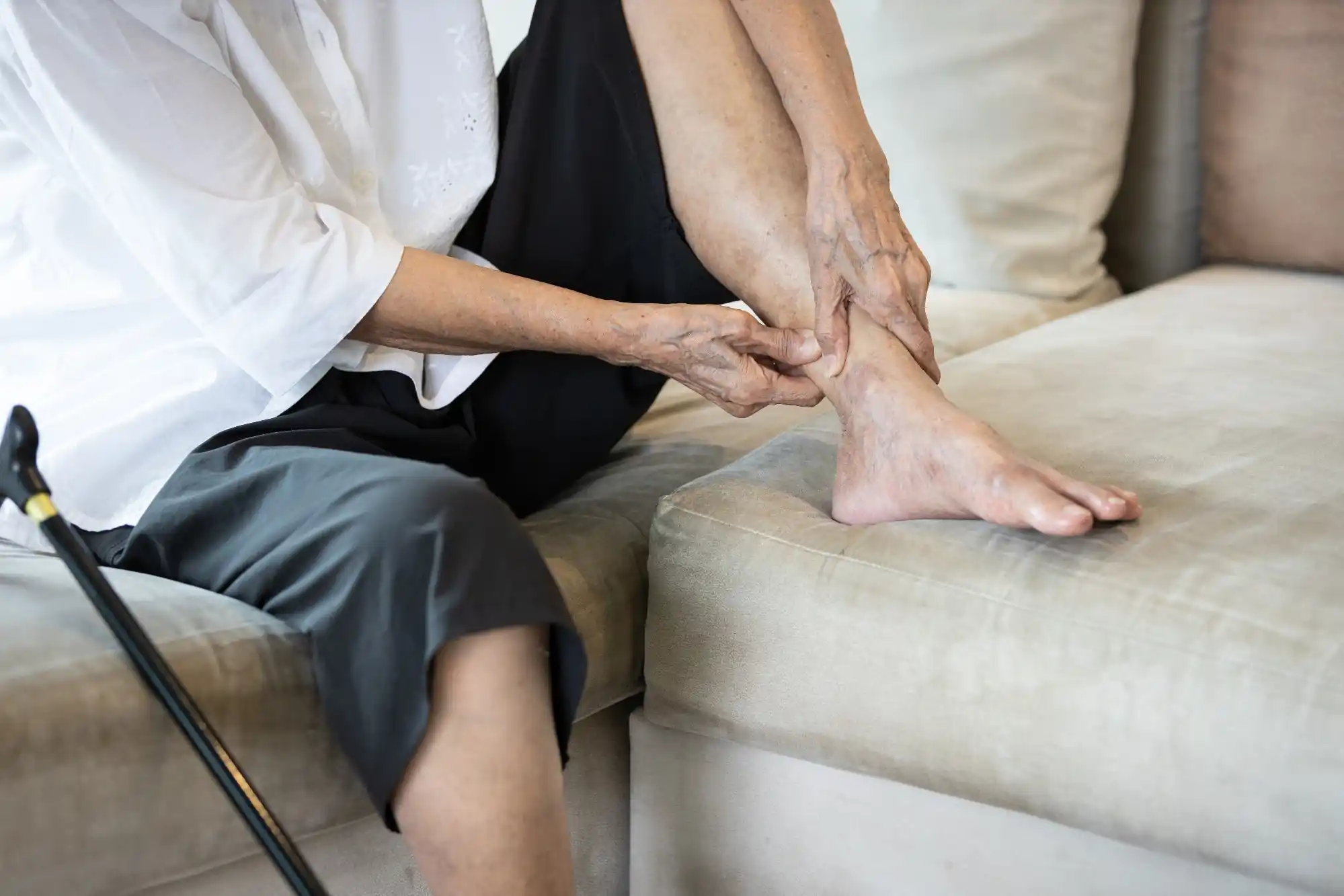
Diabetic Foot Care
Diabetic foot care involves managing foot health in individuals with diabetes to prevent complications such as neuropathy, ulcers, and infections.
Our diabetic foot care program at Martin Foot and Ankle focuses on regular foot exams, education on proper foot care, wound management, and preventive measures to reduce the risk of foot complications. By promoting foot health and early intervention, we aim to minimize the impact of diabetes on foot health.
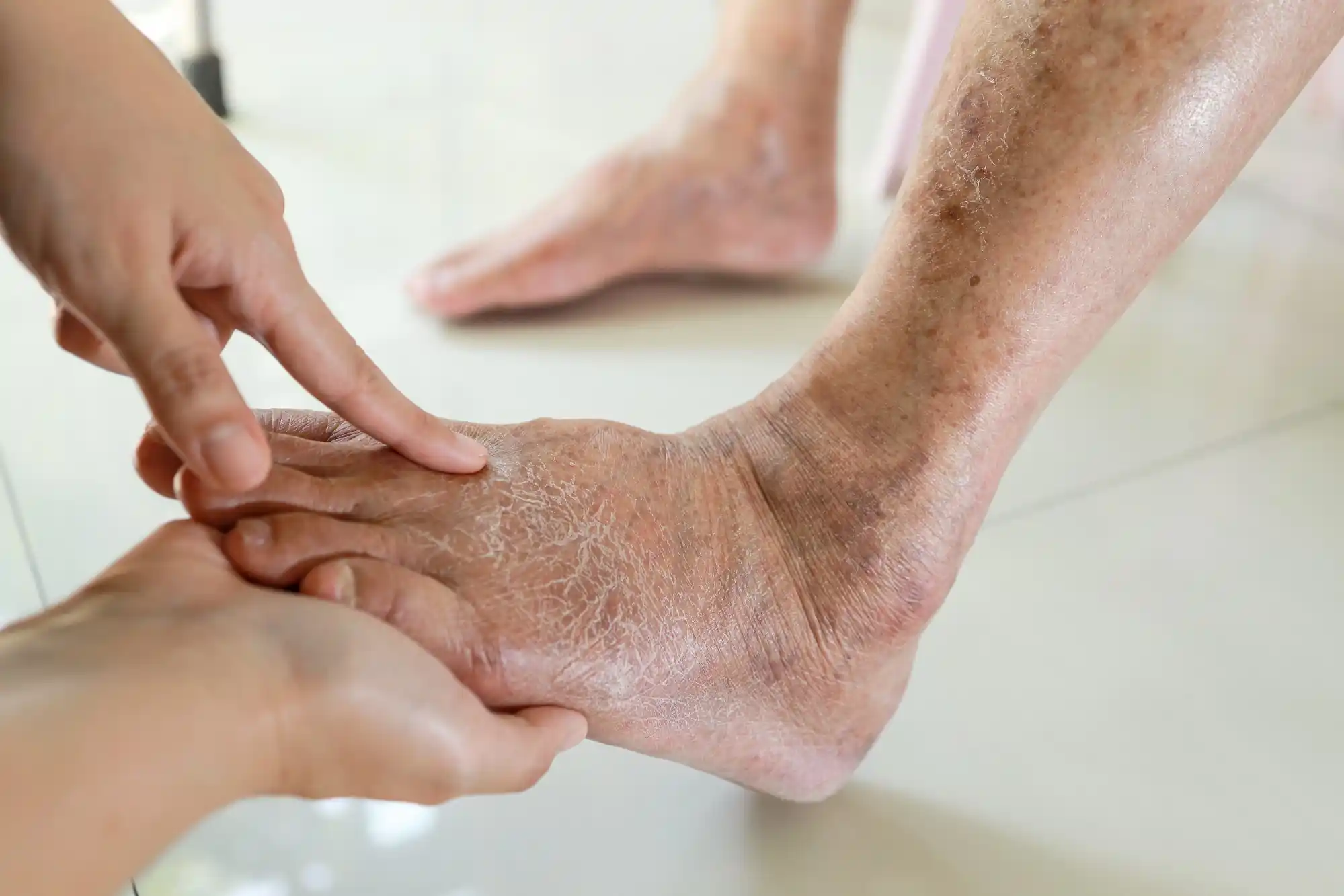
Nail & Skin Care
Nail and skin care at Martin Foot and Ankle includes treatments for conditions like ingrown toenails, fungal infections, calluses, and corns.
Our podiatrists provide professional care for nail and skin conditions, offering services such as nail trimming, debridement, topical treatments, and advice on proper foot hygiene. By addressing these issues promptly and effectively, we help maintain healthy nails and skin to prevent further complications.
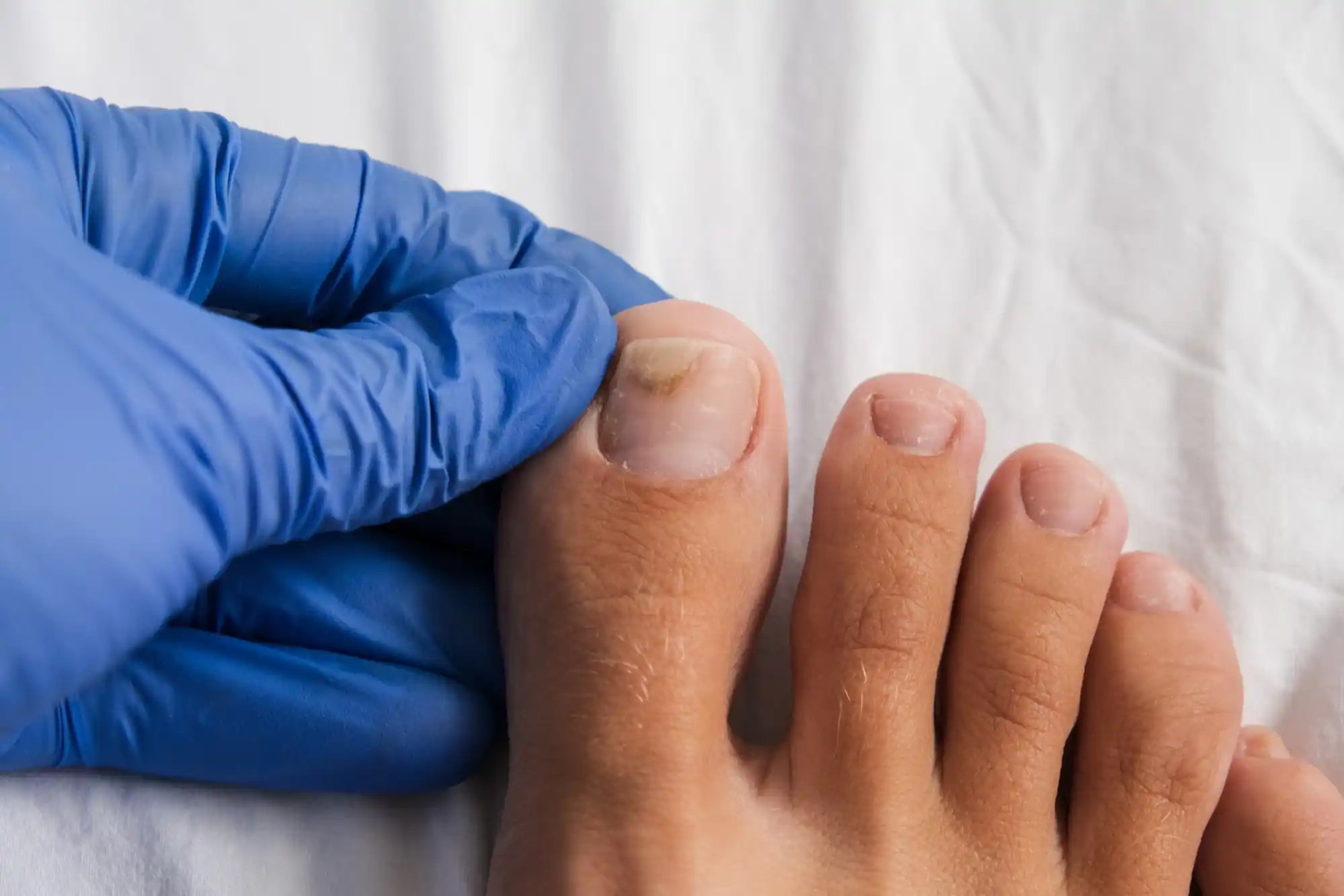
Wound Care
Wound care involves the assessment, treatment, and management of acute or chronic wounds on the feet.
At Martin Foot and Ankle, our wound care specialists utilize advanced wound care techniques, including debridement, dressings,

Sports Injuries
Sports injuries to the foot can range from sprains and fractures to tendonitis and stress fractures, impacting athletic performance and mobility.
Our sports medicine team at Martin Foot and Ankle specializes in diagnosing and treating sports-related foot and ankle injuries. Treatment may include bracing, physical therapy, regenerative medicine techniques, and in some cases, surgical intervention to optimize recovery and return athletes to their peak performance levels safely and efficiently.
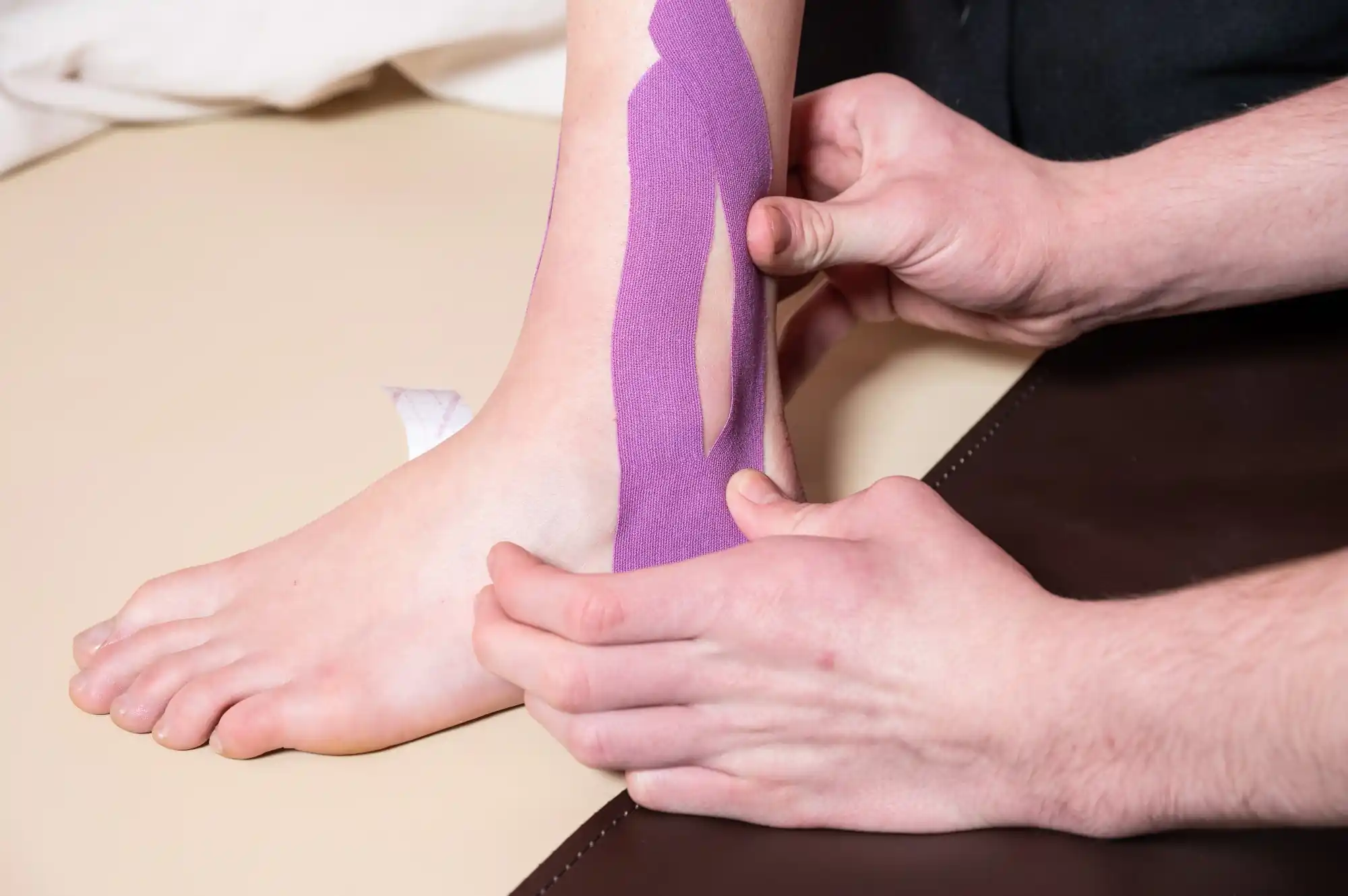
Pediatric Podiatry
Pediatric foot care at Martin Foot and Ankle focuses on addressing a wide range of foot conditions and abnormalities in children.
Our pediatric podiatrists offer specialized care for pediatric foot issues, including flat feet, clubfoot, gait abnormalities, and congenital deformities. We provide gentle and effective treatments tailored to children's unique needs, emphasizing early intervention, conservative management, and when necessary, surgical correction to ensure healthy foot development and function as they grow. Trust our experienced team to provide compassionate care for your child's foot health needs.

Frequently Asked Questions
What are some of the most common foot and ankle problems?
Some of the most common foot and ankle problems we see include plantar fasciitis, Achilles tendonitis, ankle sprains, bunions, and flat feet.
How do I know if I need foot reconstruction or surgical intervention?
If you're experiencing persistent foot pain, instability, deformities, or limited mobility that impacts your daily activities, it's advisable to consult with our podiatrists at Martin Foot and Ankle. Through a thorough evaluation and diagnostic tests, our specialists can determine whether foot reconstruction or surgical intervention is necessary to address your condition effectively and improve foot function.
Do you provide specialized pediatric foot care services at Martin Foot and Ankle?
Yes, we offer specialized pediatric foot care services at Martin Foot and Ankle. Our experienced podiatrists understand the unique foot health needs of children and provide gentle and effective treatments for conditions such as clubfoot, flat feet, gait abnormalities, and congenital deformities. We prioritize early intervention and tailored care to ensure healthy foot development and function in pediatric patients.
How can I get started with expert foot treatment near me?
The team at Martin Foot and Ankle is dedicated to providing you with the best possible care. To get started, simply request an appointment online at your nearest location, or reach out to us at (717) 757-3537.